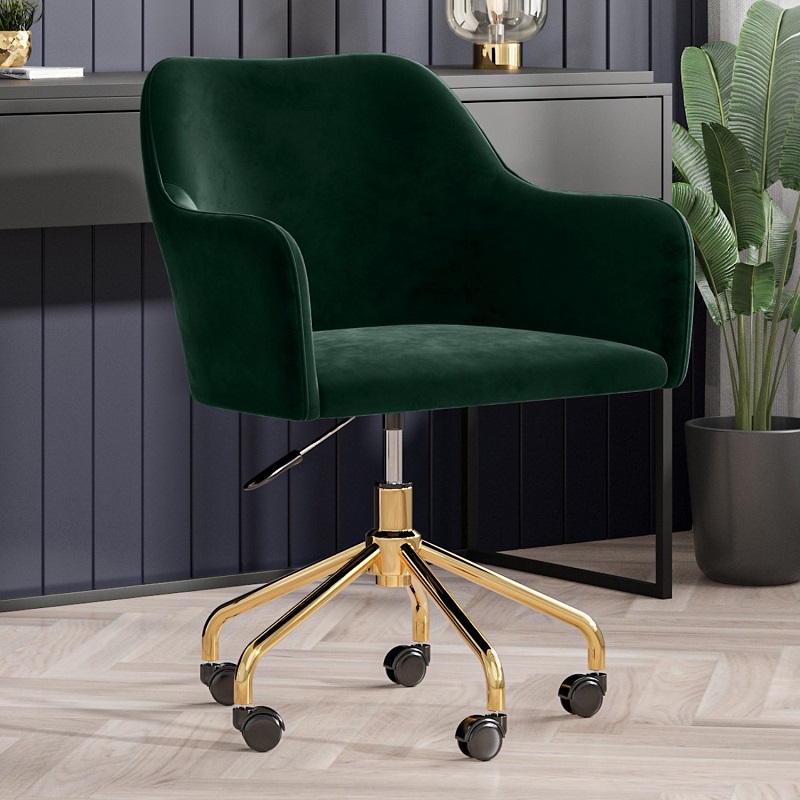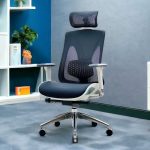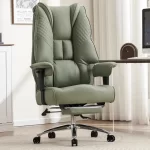A squeaky office chair can be an annoying distraction and affect your productivity. Fortunately, addressing this issue can be straightforward with the right approach. This article will guide you through diagnosing and fixing the squeaky noises in your office chair with practical, step-by-step solutions.
Understanding the Common Causes of Chair Squeaks
Identifying the Source of the Noise
Before you can fix a squeaky office chair, it’s essential to understand where the noise is coming from. Common sources include the chair’s base, armrests, gas lift, or wheels. Gently rock or move your chair to isolate the noise. Pay close attention to whether the squeak occurs when you shift your weight, adjust the height, or move the wheels.
If the noise is persistent when you lean back or swivel, it could indicate issues with the reclining mechanism or the pivot points of the chair. Identifying the precise location of the squeak will help you apply the appropriate fix.
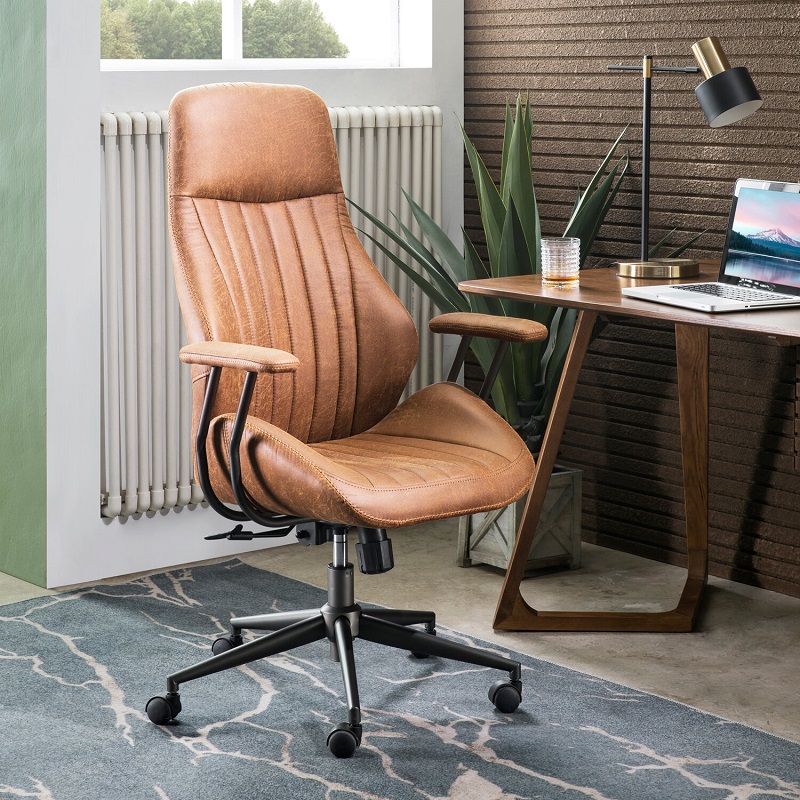
Common Mechanisms and Their Noises
Office chairs often have several mechanisms that can produce squeaks. For instance, the gas lift cylinder, which allows you to adjust the chair height, can develop issues over time. Lubrication might be needed if it’s causing noise. Similarly, the reclining mechanism and tilt tension controls can also be sources of squeaks if they become worn or misaligned.
The chair’s base and wheels are also potential culprits. Wheels can accumulate dirt or debris that causes friction and squeaking. The base, which supports the entire chair, can also develop noise issues if its parts are loose or require lubrication.
Fixing a Squeaky Chair Base
Tightening Loose Screws and Bolts
One of the most straightforward fixes for a squeaky chair is to tighten any loose screws or bolts. Use a screwdriver or wrench to check all the bolts on the chair’s base and ensure they are secure. Start by turning the chair upside down to access the base, then inspect the screws connecting the seat to the base and the base to the wheels.
Tightening these screws can often eliminate squeaks caused by loose parts. Be cautious not to over-tighten, as this can damage the threads or the chair’s structure. A regular check-up of these components can help prevent future squeaking.
Lubricating the Base Mechanism
If tightening screws doesn’t resolve the issue, the problem might be with the lubrication of the base mechanism. Apply a small amount of silicone-based lubricant to the moving parts of the base. Avoid using oil-based lubricants as they can attract dust and grime, leading to further issues.
Rotate and move the chair to distribute the lubricant evenly across the base. Wipe away any excess lubricant to prevent it from dripping or collecting dust. Regular lubrication can keep the chair’s moving parts functioning smoothly and quietly.
Addressing Squeaks in the Gas Lift
Checking for Gas Lift Issues
The gas lift cylinder, which allows height adjustment, can sometimes be a source of squeaks. If you notice noise when adjusting the height, it might be due to internal issues within the gas lift. In some cases, the gas lift may need to be replaced if it is severely damaged or worn out.
However, before considering a replacement, try applying a lubricant designed for gas lift mechanisms. Spray a small amount into the cylinder’s moving parts and allow it to penetrate. Move the chair up and down several times to ensure the lubricant is distributed.
Replacing the Gas Lift Cylinder
If lubrication doesn’t solve the problem and the gas lift continues to squeak, replacement might be necessary. Gas lift cylinders are available from office supply or furniture stores. To replace it, you’ll need to disassemble the chair’s base from the seat.
Carefully follow the manufacturer’s instructions for removing the old gas lift and installing the new one. Ensure all connections are secure and test the chair for any remaining squeaks before reassembling it fully.
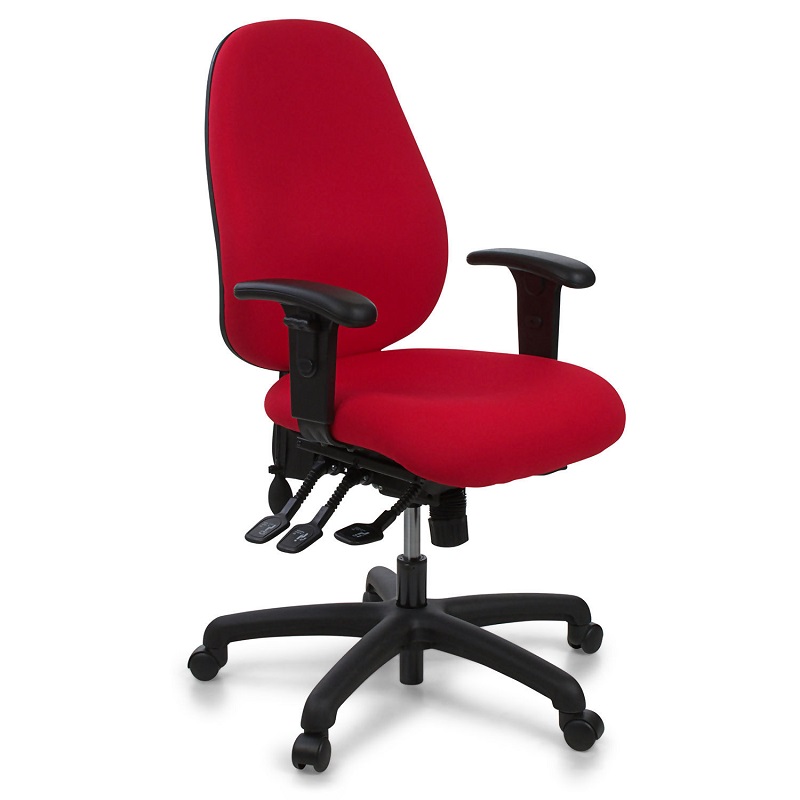
Fixing Squeaky Armrests
Inspecting Armrest Attachments
Armrests can sometimes be the source of squeaks, especially if they are adjustable. Inspect the attachment points where the armrests connect to the chair’s seat and back. Loose bolts or screws in these areas can cause squeaking as you shift your weight.
Tighten any loose fasteners using the appropriate tools. If the squeak persists, it might be helpful to apply a lubricant to the pivot points where the armrests move. This can reduce friction and eliminate noise.
Reinforcing Armrest Padding
Another potential issue could be worn or compressed padding within the armrests. If the padding is worn out, it may cause squeaks when you rest your arms. Consider replacing or reinforcing the padding with new material. This can often be done with foam or fabric inserts that match the chair’s design.
Ensure that any replacement padding is securely in place and does not interfere with the armrest’s movement. This step can improve both the comfort and the quiet operation of the armrests.
Repairing Squeaky Chair Wheels
Cleaning and Lubricating the Wheels
Chair wheels can collect dirt and debris, causing them to squeak. Begin by cleaning the wheels thoroughly. Remove any visible debris and use a small brush or vacuum to get into the crevices.
After cleaning, apply a lubricant specifically designed for wheels or casters. Rotate each wheel to distribute the lubricant evenly. Wipe away any excess to prevent buildup. Regular maintenance of the wheels can keep them functioning quietly and smoothly.
Replacing Worn or Damaged Wheels
If cleaning and lubrication do not resolve the squeak, the wheels might be worn or damaged. Inspect each wheel for cracks, deformities, or excessive wear. Replacement wheels are available at office supply stores or online.
To replace the wheels, carefully remove the old ones from the base of the chair and install the new ones. Ensure that they are securely attached and test the chair to confirm that the squeak has been resolved.
Dealing with the Reclining Mechanism
Inspecting the Recline Adjustment
The reclining mechanism of your office chair can sometimes be the cause of squeaks, especially if it’s not functioning smoothly. Check the reclining adjustment lever or knob for any loose or misaligned parts. Tighten any loose screws and ensure that the mechanism moves freely.
If the reclining mechanism is difficult to adjust or continues to squeak, applying a lubricant to the moving parts can help. Use a silicone-based lubricant and apply it to the pivot points and joints of the reclining mechanism.
Replacing Worn Reclining Parts
In some cases, the reclining mechanism may be worn out or damaged, requiring replacement. Check with the chair manufacturer or supplier for replacement parts specific to your chair model. Replacing worn parts can restore the functionality and quietness of the reclining mechanism.
Follow the manufacturer’s instructions for disassembling and reassembling the reclining mechanism. Ensure all parts are securely attached and test the chair to ensure it functions quietly.
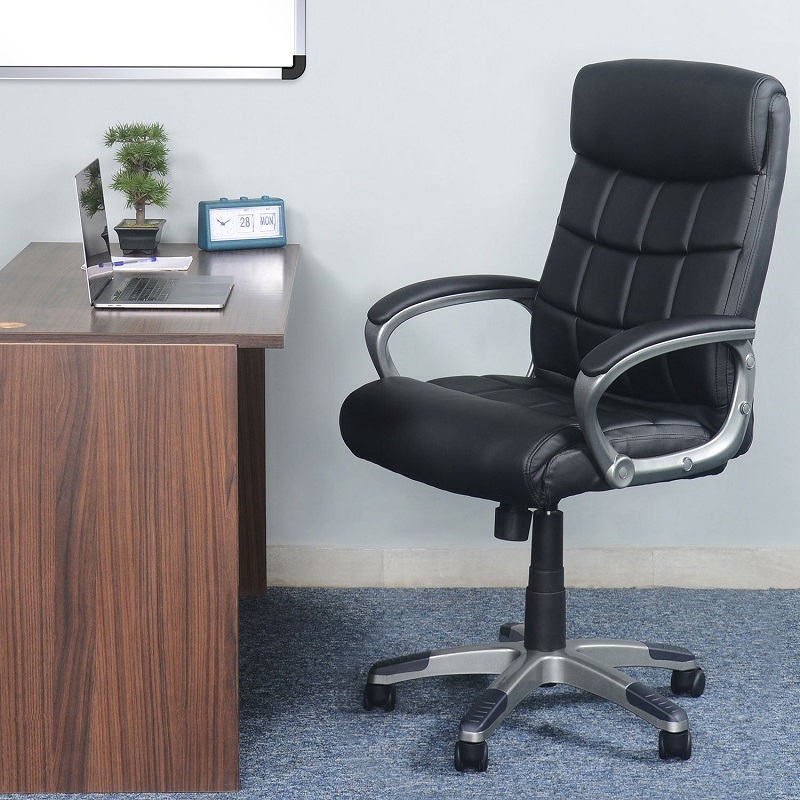
Preventative Measures to Avoid Future Squeaks
Regular Maintenance and Inspection
To prevent future squeaks, establish a regular maintenance routine for your office chair. Periodically inspect all moving parts, tighten loose screws, and clean or lubricate the chair as needed. Regular maintenance can help catch and address issues before they become major problems.
Using Chair Mats and Covers
Using a chair mat can help protect the wheels and base from excessive wear and dirt, reducing the likelihood of squeaks. Chair covers can also protect the upholstery and padding from damage and wear. These preventative measures can prolong the life of your chair and maintain its quiet operation.
Conclusion
Fixing a squeaky office chair involves identifying the source of the noise, addressing any issues with the chair’s components, and applying appropriate solutions. By following the steps outlined in this guide, you can restore the quiet operation of your chair and enjoy a more productive and comfortable workspace. Regular maintenance and preventative measures can further enhance the longevity and performance of your office chair.
